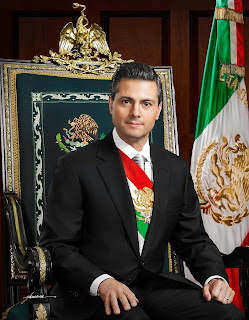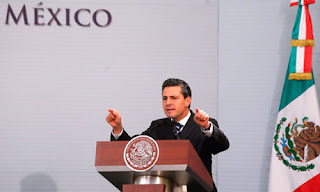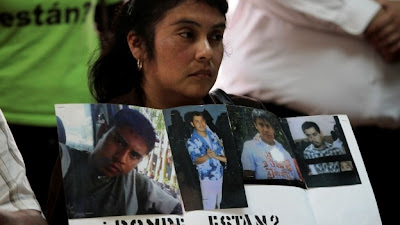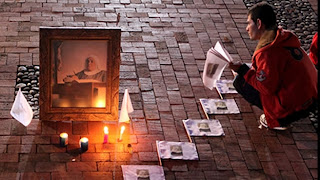As the lights from Janitzio came into view through the night sky the anticipation was palpable. The boat anchored among lily pads and murky water.
 |
| Boy at grave. Image source: HuffingtonPost.com |
I'd been to Mexico before to promote my books but mostly in the bigger cities -- Monterrey, Guadalajara, Mexico City. This time was different. After a long week of interviews and signings, my publisher Alfaguara rewarded me with a road trip to Pátzcuaro, a town in the state of Michoacán, founded sometime in the 1320s. Or, as I like to call it, the ground zero of Dia De Muertos, a traditional holiday observed each November 1 (All Saints Day) and November 2 (All Souls Day). After writing about Day of the Dead in my latest ghostgirl novel, what a thrill it was to see it firsthand, to experience the sights, sounds, and tastes of it all.
Our day began with a breakfast of coffee and pan de muerto -- the delicious, traditional bread with bones made of dough on top. Then we headed into town for a long hike. My editor Atu suggested we see the lake that we'd be crossing that night along with the three islands that were infamous for their graveyards and Dia de Muertos celebrations. The biggest island, Janitzio, was the one we were set to visit. It was a breathtaking a view from the mountaintop, to see the lake and the islands from afar before setting sail to actually experience it. That night, we boarded the boat for an hour-long voyage to the Janitzio.
 |
| Band on the grave. Image source: HuffingtonPost.com |
At around 10:00 p.m. we walked down towards the water and passed through the gates of the harbor, adorned with bright orange cempasúchil flowers thought to attract the spirits from the other side. Posthumous family portraits, many over a hundred years old, lined the walkway. Infants and their mothers who died in childbirth were propped up on wood pegs as if they were alive. Young women, babies, and children were dressed up in gorgeous gowns, imitating life, put on display for memories' sake. November 1st is the day devoted to the remembrance of children that have passed, and the images of deceased young ones was stunning and moving in a way I wasn't completely prepared for as we made our way to the cemetery.
Once inside we saw families gathered around their dearly departed in the soft glow of candlelight. Altars were erected to honor those who'd gone before, graves decorated with sugar skulls, pan de muerto in hand-woven baskets covered in cloth napkins, and tall white candles in terracotta holders painted black -- wax dripping down like a pieces of art. Amber incense burned alongside gorgeous orange and hot pink flowers as relatives sat expectantly in hopes that their loved ones would return -- enticing them with their favorite meals, and with vices, cigarettes and liquor and personal effects. Some were grieving alone or together, praying and sitting quietly, while others laughed and drank, sharing stories of the deceased.
Old women wrapped in handmade shawls, the stories of their hard-working lives in the sun written across their faces, were mixed with young husbands who had lost their wives, parents mourning children and children mourning parents. They were all waiting for their deceased to return.
 |
| Janitzio. Image source: HuffingtonPost.com |
Those few days taught me a lot about how much a part of life death truly is. It gave me a new tradition, which I will now celebrate in my own home with a decorative altar every year adorned with pictures of my grandparents and friends gone too soon. Most of all, being there taught me that you are never really gone as long as you are remembered.
Get updates on the President of Mexico, Enrique Peña Nieto, from the presidential website.














.jpg)





